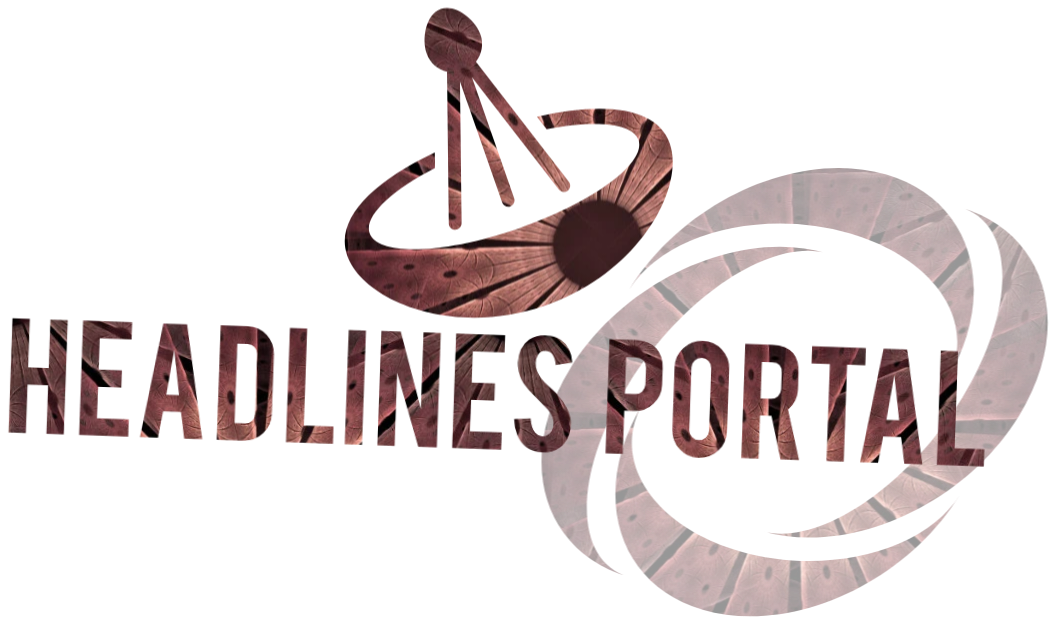
The structure of optical rotatum follows a logarithmic spiral — a signature that is commonly seen in the pattern formation of seashells and galaxies, according to a team of physicists from Harvard University.
Evolution of a light beam carrying optical rotatum as a function of propagation distance. Image credit: Dorrah et al., doi: 10.1126/sciadv.adr9092.
“This is a new behavior of light consisting of an optical vortex that propagates through space and changes in unusual ways,” said Professor Federico Capasso, senior authors of the study.
“It is potentially useful for manipulating small matter.”
In a peculiar twist, the researchers found that the orbital angular momentum-carrying beam of light grows in a mathematically recognizable pattern found all over the natural world.
Mirroring the Fibonacci number sequence, their optical rotatum propagates in a logarithmic spiral that is seen in the shell of a nautilus, the seeds of a sunflower, and the branches of trees.
“That was one of the unexpected highlights of this research,” said Dr. Ahmed Dorrah, first author of the study.
“Hopefully we can inspire others who are specialists in applied mathematics to further study these light patterns and gain unique insights into their universal signature.”
This study builds on previous work in which the team used a metasurface, a thin lens etched with light-bending nanostructures, to create a light beam with controlled polarization and orbital angular momentum along its propagation path, converting any input of light into other structures that change as they move.
Now, they’ve introduced another degree of freedom to their light, in which they can also change its spatial torque as it propagates.
“We show even more versatility of control, and we can do it continuously,” said Alfonso Palmieri, a co-author of the study.
Potential use cases for such an exotic beam of light include the control of very small particles, such as colloids in suspension, by introducing a new type of force in accordance with the light’s unusual torque.
It could also enable a precise optical tweezer for micro-manipulation of small things.
While others have demonstrated torque-changing light using high-intensity lasers and bulky setups, the scientists made theirs with a single liquid crystal display and a low-intensity beam.
By showing they can create a rotatum in an industry-compatible, integrated device, the barrier to entry for their technology to become reality is much lower than previous demonstrations.
“Our work expands the previous literature on structured light, offers new modalities for light-matter interaction, communications, and sensing, and hints at analogous effects in condensed matter physics and Bose-Einstein condensates,” they concluded.
The study was published in the journal Science Advances.
_____
Ahmed H. Dorrah et al. 2025. Rotatum of light. Science Advances 11 (15); doi: 10.1126/sciadv.adr9092














